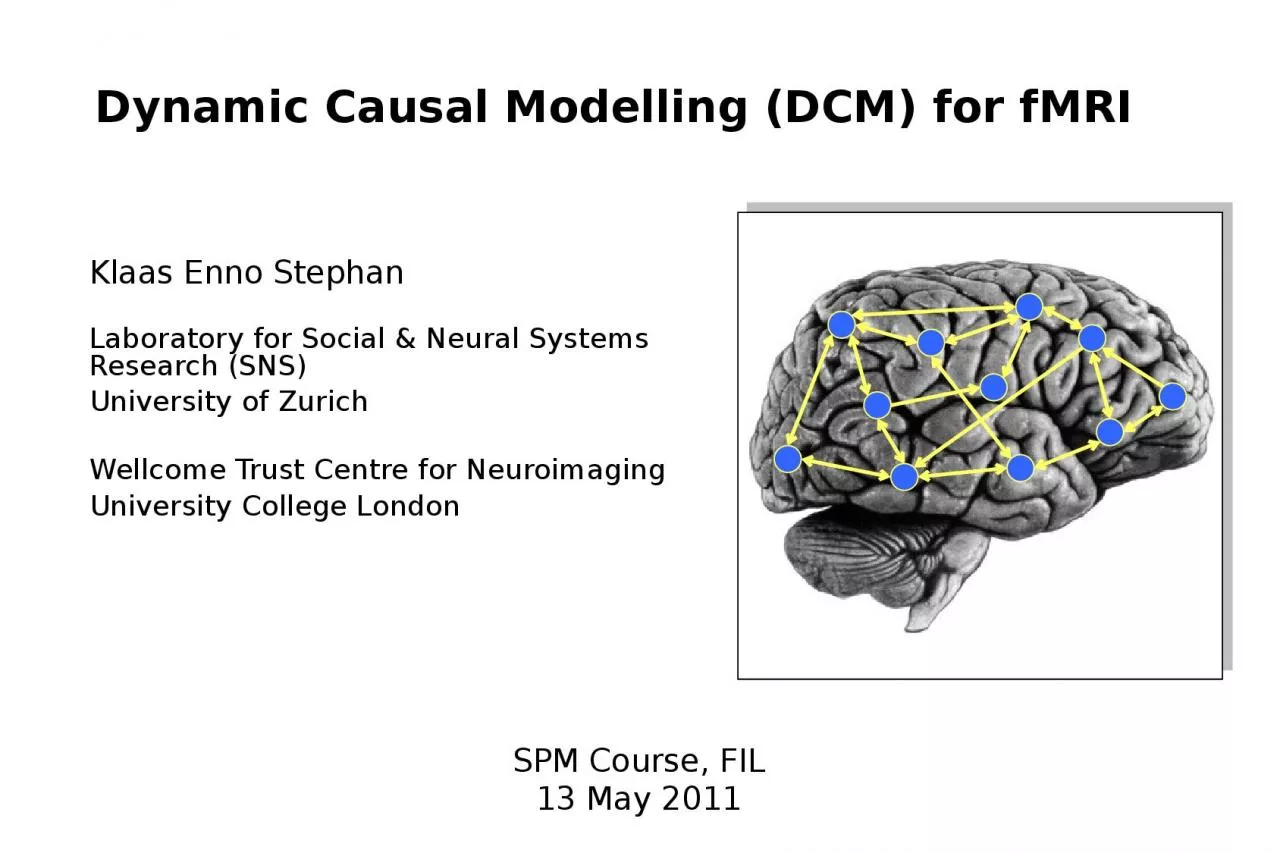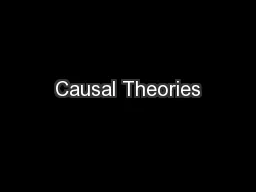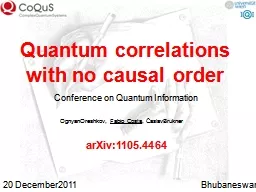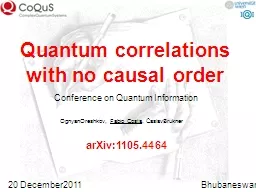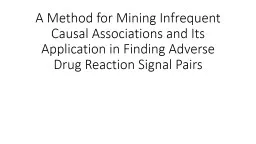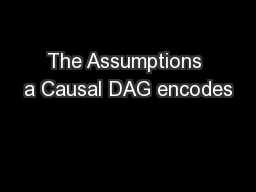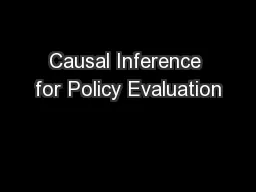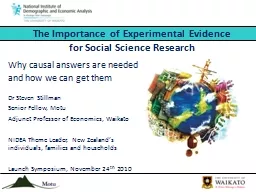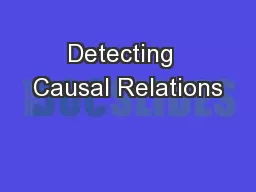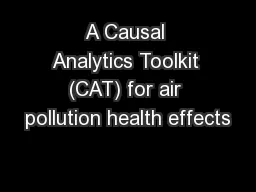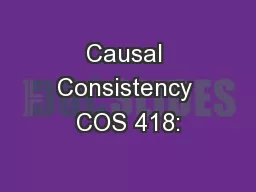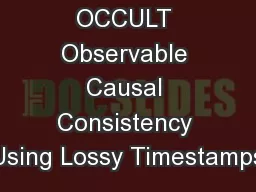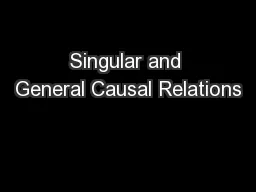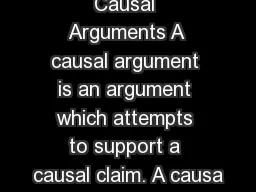PPT-Dynamic Causal Modelling
Author : kylie | Published Date : 2022-06-28
DCM for fMRI Klaas Enno Stephan Laboratory for Social amp Neural Systems Research SNS University of Zurich Wellcome Trust Centre for Neuroimaging University
Presentation Embed Code
Download Presentation
Download Presentation The PPT/PDF document "Dynamic Causal Modelling" is the property of its rightful owner. Permission is granted to download and print the materials on this website for personal, non-commercial use only, and to display it on your personal computer provided you do not modify the materials and that you retain all copyright notices contained in the materials. By downloading content from our website, you accept the terms of this agreement.
Dynamic Causal Modelling: Transcript
Download Rules Of Document
"Dynamic Causal Modelling"The content belongs to its owner. You may download and print it for personal use, without modification, and keep all copyright notices. By downloading, you agree to these terms.
Related Documents

